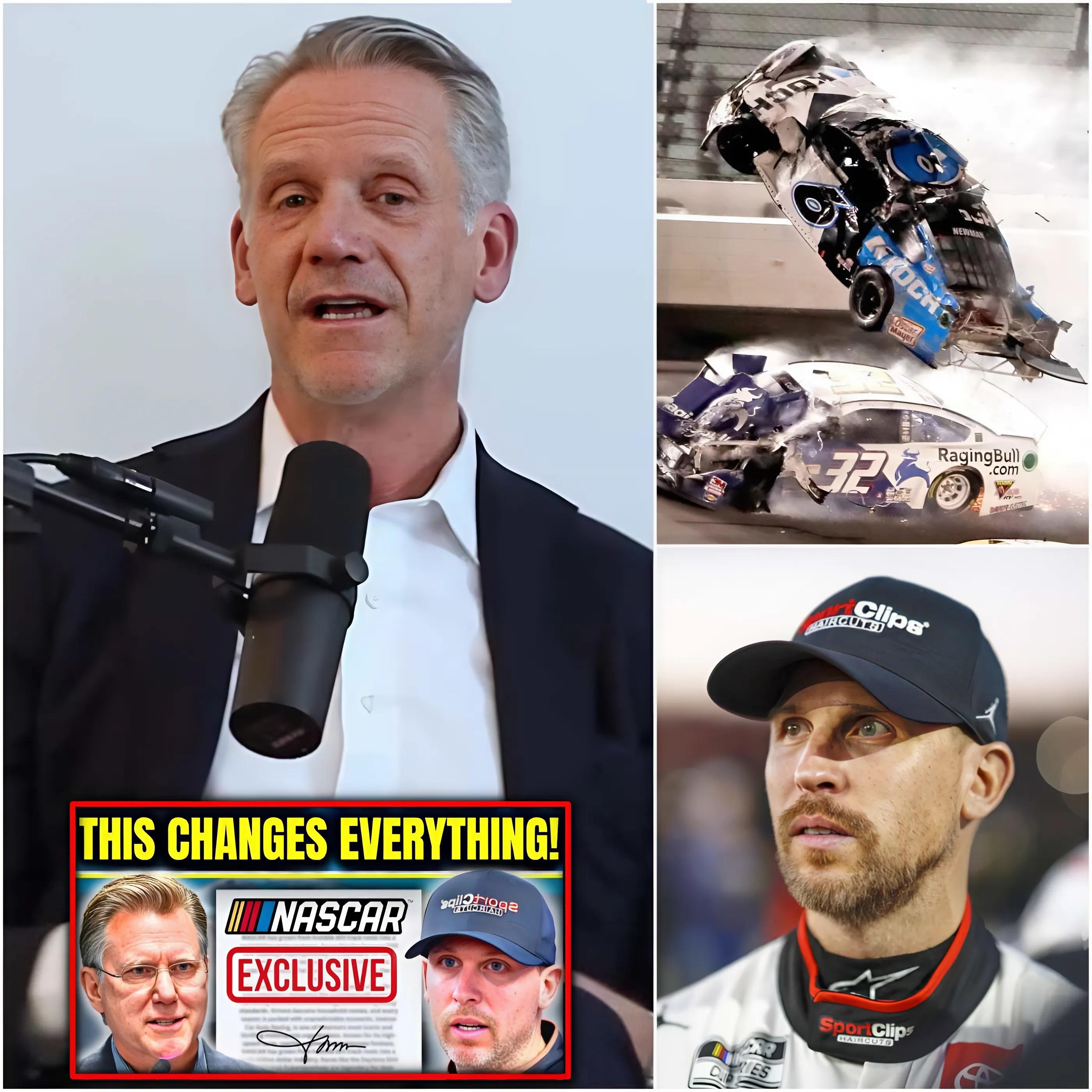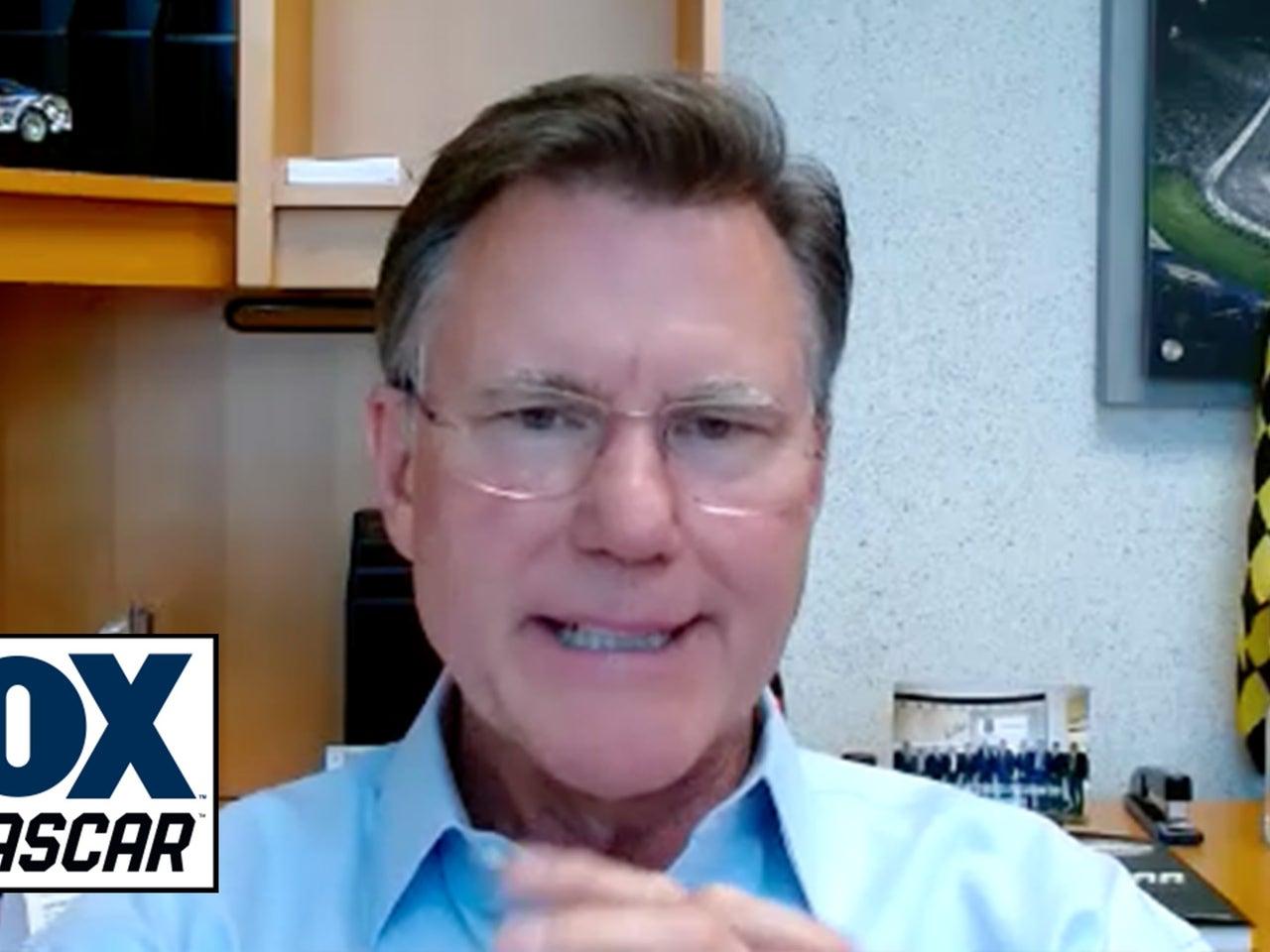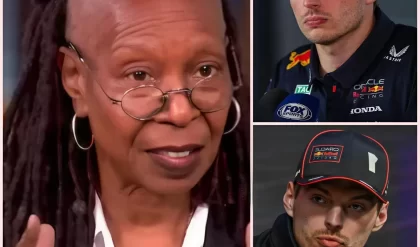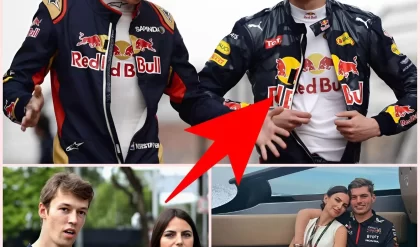NASCAR’s 2025 In-Season Tournament Sparks Controversy with $1M Prize and Bold Format
NASCAR’s announcement of a groundbreaking in-season tournament for the 2025 Cup Series has ignited a firestorm of excitement, confusion, and criticism, reshaping the sport’s landscape with a $1 million prize and a bracket-style format that’s both thrilling and divisive. Set to air on TNT Sports from June 28 to July 27, 2025, the tournament introduces a high-stakes, head-to-head competition within the regular season, but its unconventional structure and media shifts have left drivers, insiders, and fans questioning whether this bold move is a game-changer or a chaotic misstep. As the sport navigates this new era, the tournament’s execution could define NASCAR’s future, with stars like Denny Hamlin, Kyle Larson, and William Byron at the center of the debate.

The in-season tournament, a first for NASCAR, spans eight races in June and July, starting with three seeding races on Amazon Prime Video at Michigan International Speedway (June 8), Autódromo Hermanos Rodríguez in Mexico City (June 15), and Pocono Raceway (June 22). Unlike the traditional points-based playoff system, seeding hinges on a driver’s single best finish across these races, allowing a one-off strong performance to propel even mid-tier drivers into the 32-driver elimination bracket. The tournament then unfolds over five races on TNT Sports: Atlanta Motor Speedway (June 28, Round of 32), Chicago Street Course (July 6, Round of 16), Sonoma Raceway (July 13, Quarterfinals), Dover Motor Speedway (July 20, Semifinals), and the Brickyard 400 at Indianapolis Motor Speedway (July 27, Final). Each round pits drivers head-to-head, with the better finisher advancing and the loser eliminated, culminating in a $1 million payout for the winner.

The format has sparked heated debate. Critics argue that prioritizing a single race finish over consistency undermines NASCAR’s core values, with one insider venting on X, “Why not use standings? This is a mess.” Fans accustomed to rewarding sustained performance worry that a fluke result could overshadow veterans, potentially skewing the competition. Denny Hamlin, an early proponent of the tournament, expressed frustration over the track selection, dominated by road and street courses rather than traditional ovals, stating, “It’s not my prime part of the season.” Kyle Larson echoed the confusion, admitting, “I haven’t seen anything promoted about it,” highlighting NASCAR’s communication struggles. Bubba Wallace, driver for 23XI Racing, forgot the tournament was happening but sees potential for fan engagement, calling it “a great concept, but poor execution.” The lack of clarity has even top drivers scratching their heads, raising concerns about fan accessibility and engagement.

The tournament’s $1 million prize is a major draw, with drivers like Chris Buescher acknowledging its allure, though he emphasized, “We need to figure out how to win races.” Joey Logano likened it to an extended All-Star race, but cautioned that the risk-reward balance is delicate, as championship points remain the priority. Brad Keselowski, who narrowly qualified at Nashville, called it “good for the sport,” but stressed the challenge of focusing beyond the immediate race. The tournament’s integration into the regular season, where races still count toward playoff standings, adds complexity, potentially forcing drivers to balance tournament ambitions with championship goals.

NASCAR’s media strategy adds another layer of controversy. The seeding races on Amazon Prime Video and the tournament on TNT and Max mark a shift toward streaming platforms under a $7.7 billion media deal through 2031. While Pocono’s Ben May praised the track’s selection for its sold-out crowds, he acknowledged the “inherent risk” of fragmenting broadcasts across cable and streaming. Traditional fans may struggle to access races, while NASCAR bets on Prime’s reach to attract new viewers. This gamble could either expand the sport’s audience or alienate its loyal base.
A new rule requiring multiple driver weigh-ins to prevent weight manipulation further complicates the season, potentially affecting performance and strategy. Meanwhile, the tournament’s backdrop includes a separate drama: Carson Hocevar’s reckless crash into Ricky Stenhouse Jr. at Nashville drew scathing criticism from Dale Earnhardt Jr., who warned, “He might have messed with the wrong guy.” This incident underscores the sport’s intense rivalries, which the tournament’s head-to-head format could amplify.
As NASCAR ventures into uncharted territory, the 2025 in-season tournament promises drama and storylines, but its success hinges on clearer communication and fan-friendly execution. With drivers like William Byron eyeing the $1 million crown, the stage is set for a thrilling, if contentious, midsummer showdown.





